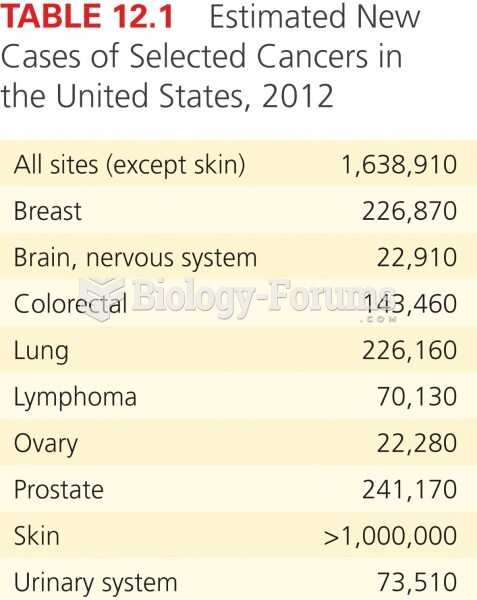Code the following cases for outpatient facility purposes using ICD-9-CM, ICD-10-CM, and CPT codes. Sequence codes in the correct order.
Calculate the APC.
Assign modifiers when appropriate.
Use external cause codes when appropriate.
Do NOT code procedures that are captured by the facility charge master.
EMERGENCY DEPARTMENT VISIT
PATIENT: KIMBERLYOFFICE
RECORDNUMBER: 01-68-23
DATE OF SERVICE: 03-15-XX
PHYSICIAN: DR.KIM, M.D.
SUBJECTIVE: This 51-year-old female established patient presents to the emergency department complaining of sore throat. Patient has been ill now for about 3 days with sorethroat, cough andearache. She notes her cough is productive of green sputum. She also complains of some fatigue, some backache and her chest hurts when she coughs; it is waking her at night. The patient takes no medications regularly, has no significant medical problems.
OBJECTIVE:Physical exam reveals a well-developed, well-nourished female who is alert and oriented. Vitals show a temperature of 98.5, respiratory rate of 18, heart rate 90, blood pressure 113/63, herO2satis 97% on room air. TMs are clear bilaterally although there is a little fluid present. They are not redor injected. Her oropharynx shows moderate injection without exudates. Neck is supple with few anterior cervical nodes. She is not tender over maxillary sinuses. Lungs are clear to auscultation. A quick strep test was obtained which was negative.
ASSESSMENT: Upper respiratory infection with bronchitis and pharyngitis.
PLAN: The patient was advised in symptomatic treatment, fluids, Robituss in during the day, and Motrinor Tylenol. She is given a prescription, which she can take at bedtime, for cough control. If she is not improved she should be re-evaluated.
ICD-9-CM diagnosis code(s): _____________________
ICD-10-CM diagnosis code(s): _____________________
CPT code(s) with modifier, if applicable: _____________________
APC: _____________________







